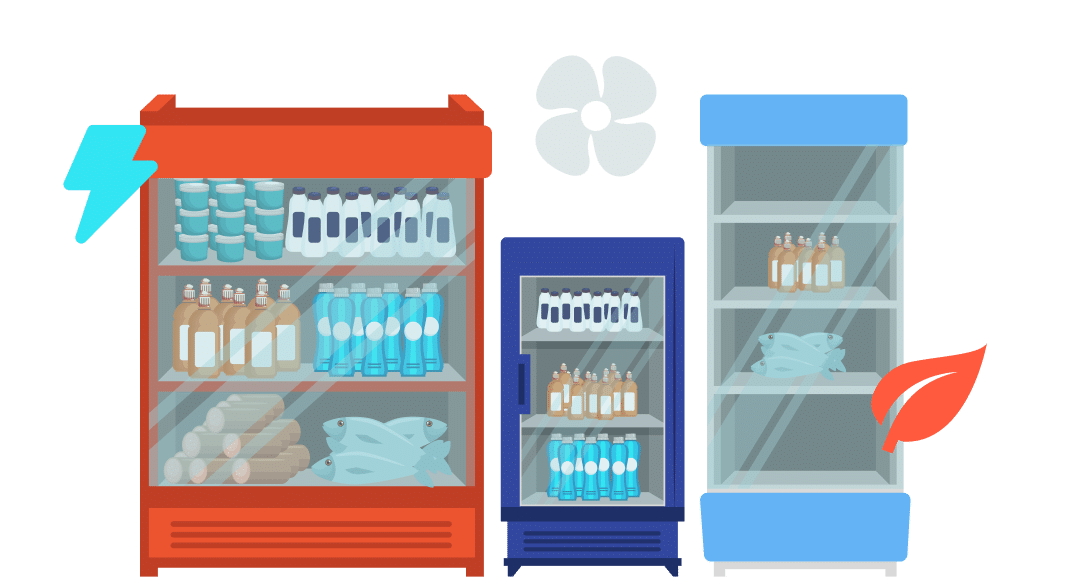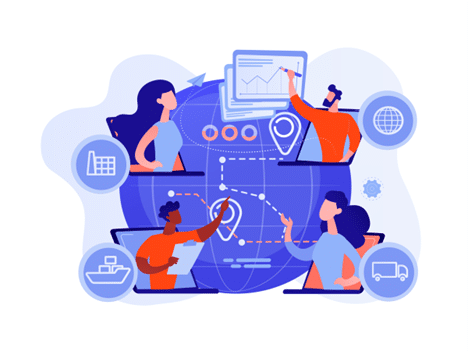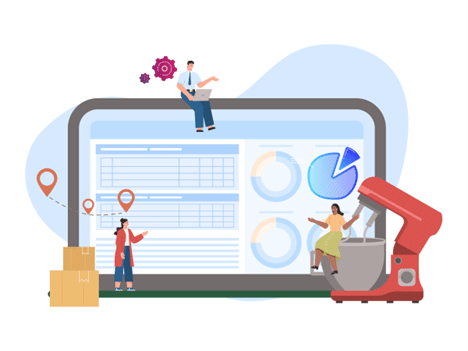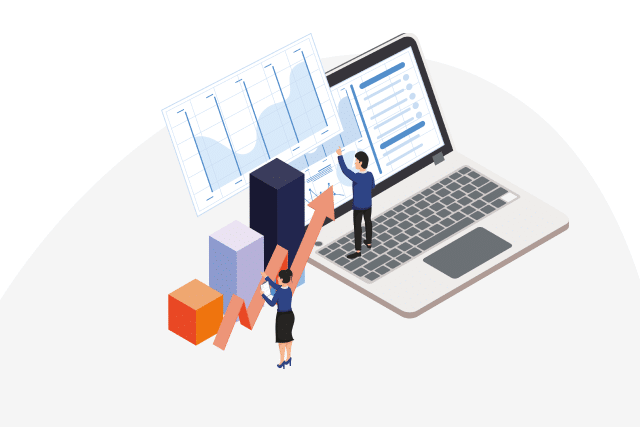Businesses that rely on refrigerators as their primary Point of Sale (POS) tools of trade or for storage purposes can have a disproportionately high environmental impact and can be exposed to significant risks affecting both costs and revenue streams. Thankfully there are multiple ways you can mitigate these risks and negative impacts, from ensuring you meet legislative requirements around refrigerant discarding, to building towards ESG (Environment, Social and Governance) best practices.
-
Prioritise efficient and high quality refrigerators
Your refrigeration fleet should prioritise up-to-date models with high energy efficiency and using the latest natural refrigerants, or if that is not possible those supporting less harmful HFC refrigerants. GEMS-certified equipment is ideal for cutting back on energy consumption and ultimately saving on costs in the long run. Investing in higher quality equipment is essential to minimise whole-of-life costs and boost uptime while saving on energy use and costs to boot. Not to mention the flow-on effects to your customers, who will engage better with your brand and products if they are presented at their best.
You can also ensure your refrigeration units are set up correctly, with thermostats and controllers configured to optimal temperatures for efficient cooling. Incorrect temperatures caused by incorrectly configured thermostats or non-critical faults will make the refrigeration unit work harder, expending more energy and increasing the likelihood of breakdowns.
Using fridge models with LED lighting consumes less energy and generates less heat than traditional fluorescent lighting. This can also increase product visibility and potentially sales as it creates a more aesthetically pleasing front. Just be wary of the potential for unwanted glare that could distract from the visual branding of your products.
Digital technology can also play a key role here – tracking live energy use through built-in or third party Internet-of-Things (IoT) devices allows you to identify the lowest efficiency refrigerators to prioritise for replacement. Likewise, asset management software can use energy ratings coupled with analytics and real-time uptime data to give a close estimate of energy use and empower future procurement and replacement decisions. This data forms an essential foundation for effective ESG reporting.
-
Schedule regular maintenance & cleaning
Scheduling regular maintenance and keeping your refrigeration equipment clean is the best way to prolong its life and keep costs down. It is also the best way to maximise uptime and ensure your customers are buying products that are fresh and appealing. Asset management systems like mendrhub give you total visibility over units in the field, allowing you to schedule preventive maintenance, see full service history, and predict issues before they occur.
Early detection and regular maintenance will also ensure your technicians pick up on small malfunctions long before they turn into major issues, reducing the number of major repairs. Staying attentive to your refrigeration units and ensuring they’re always in good working order will also help in building trust with your retailers – they’ll know you have them covered and become more committed to your brand.
-
Ensure proper placement & ventilation
The placement and ventilation of your refrigeration equipment can significantly impact how efficient it is. Making sure the equipment is placed in well-ventilated areas away from heat sources and direct sunlight avoids heating up your equipment and the products contained inside.
Through the mendrhub app, you can have your sales team include pictures of best placement for assets to help with the correct installation location. You can also require your team to take photos of the asset placement on future site visits to verify that the refrigerators are where they should be.
-
Decommission and discard refrigerators safely
There are legal requirements for the safe decommissioning and discarding of refrigeration units at their end-of-life. Service providers need to have appropriate and up-to-date accreditations to be able to decommission refrigerators and discard refrigerants safely. For this purpose it is critical to have robust supplier management systems in place.
It is also essential to properly track where your refrigeration assets are at all times. This will allow for the safe decommissioning of refrigerators and avoid potential mishaps and their associated costs when misplaced units aren’t being actively maintained. Asset management software that provides logistics capabilities can accurately track all equipment movements, ensuring the location of all assets are known. Cutting edge systems such as mendrhub can also provide your sales team with a dedicated app that allows them to quickly conduct asset audits across customer sites in their respective territories, verifying the details saved in your system.
By implementing these steps, FMCG companies can significantly reduce their POS trade assets’ impact on the environment – while also minimising the risk of future costs and lost product sales.
Mendrhub incorporates asset management capabilities that can optimise refrigeration fleets in a variety of ways. From field service to logistics and powerful data analytics, we have you covered. Contact us today for a discussion on how we can help transform your business to boost your margins and improve efficiency.





